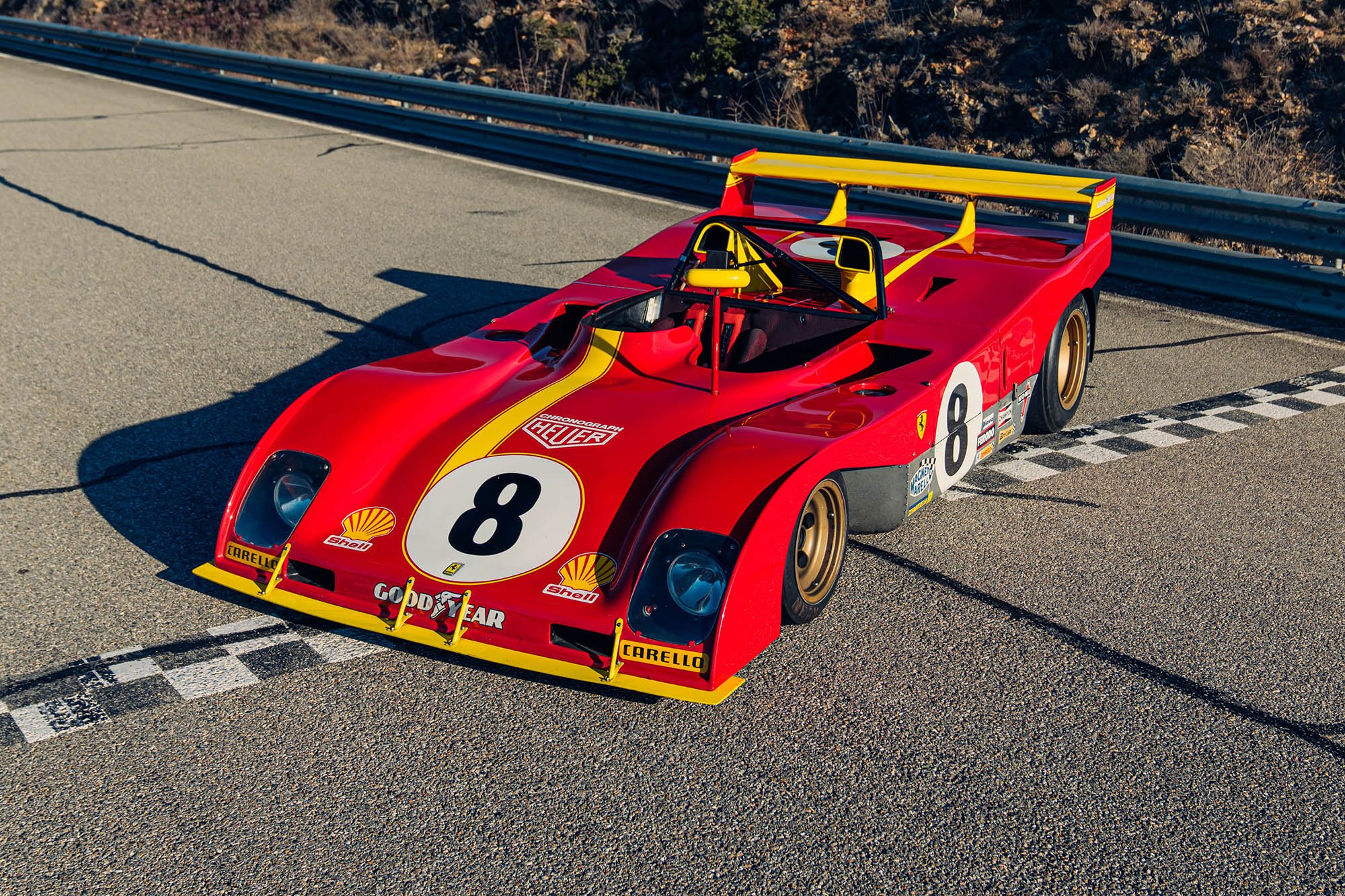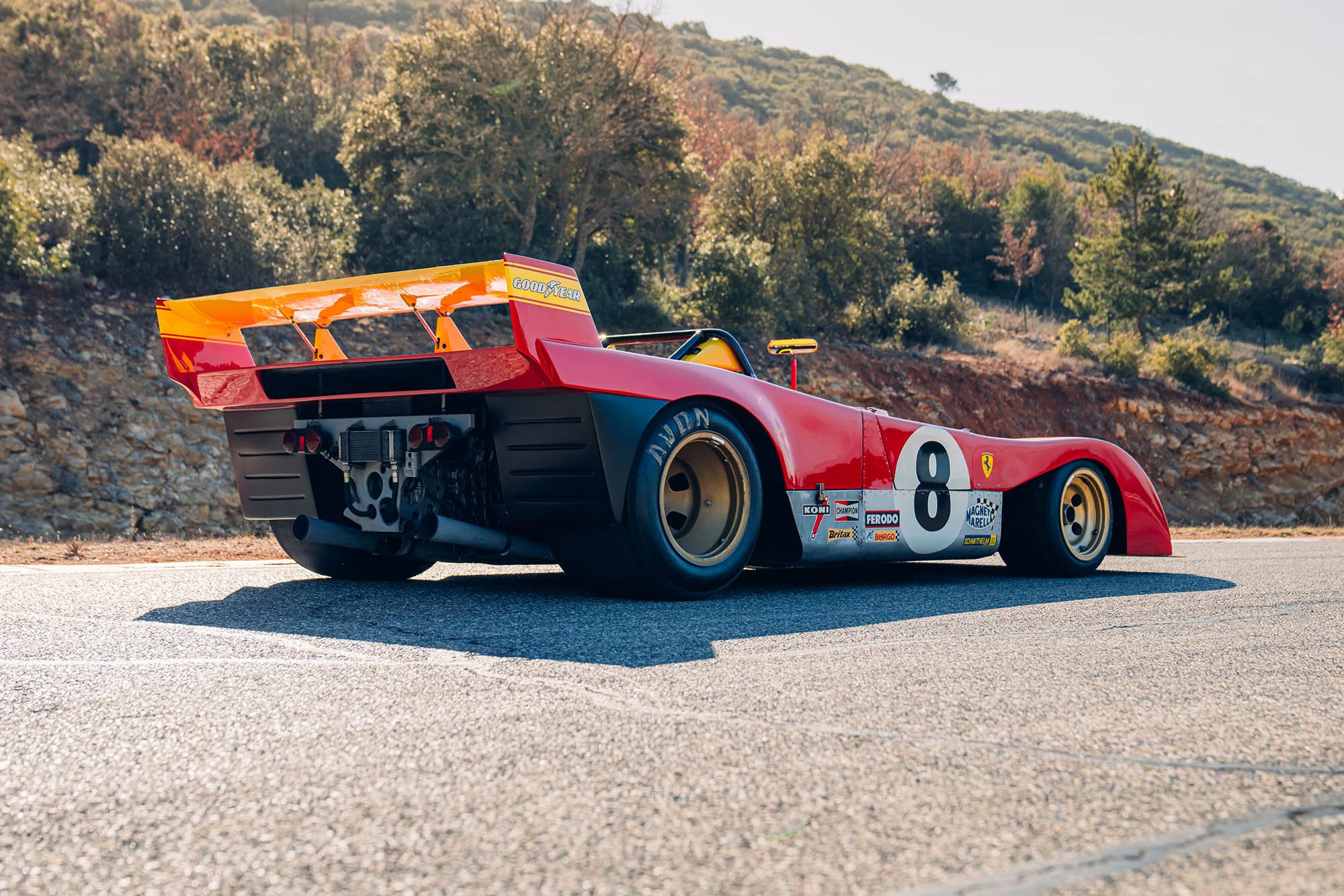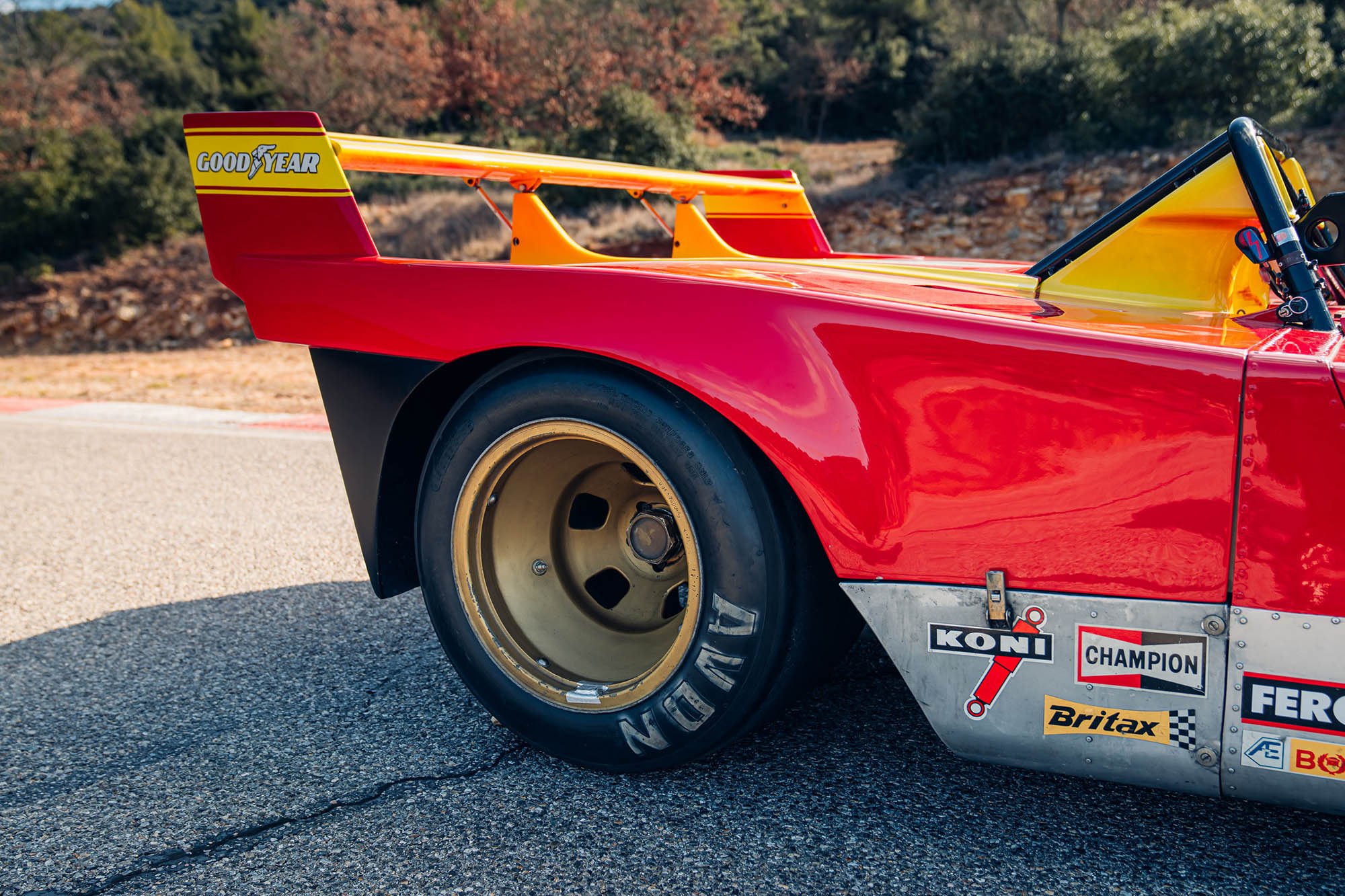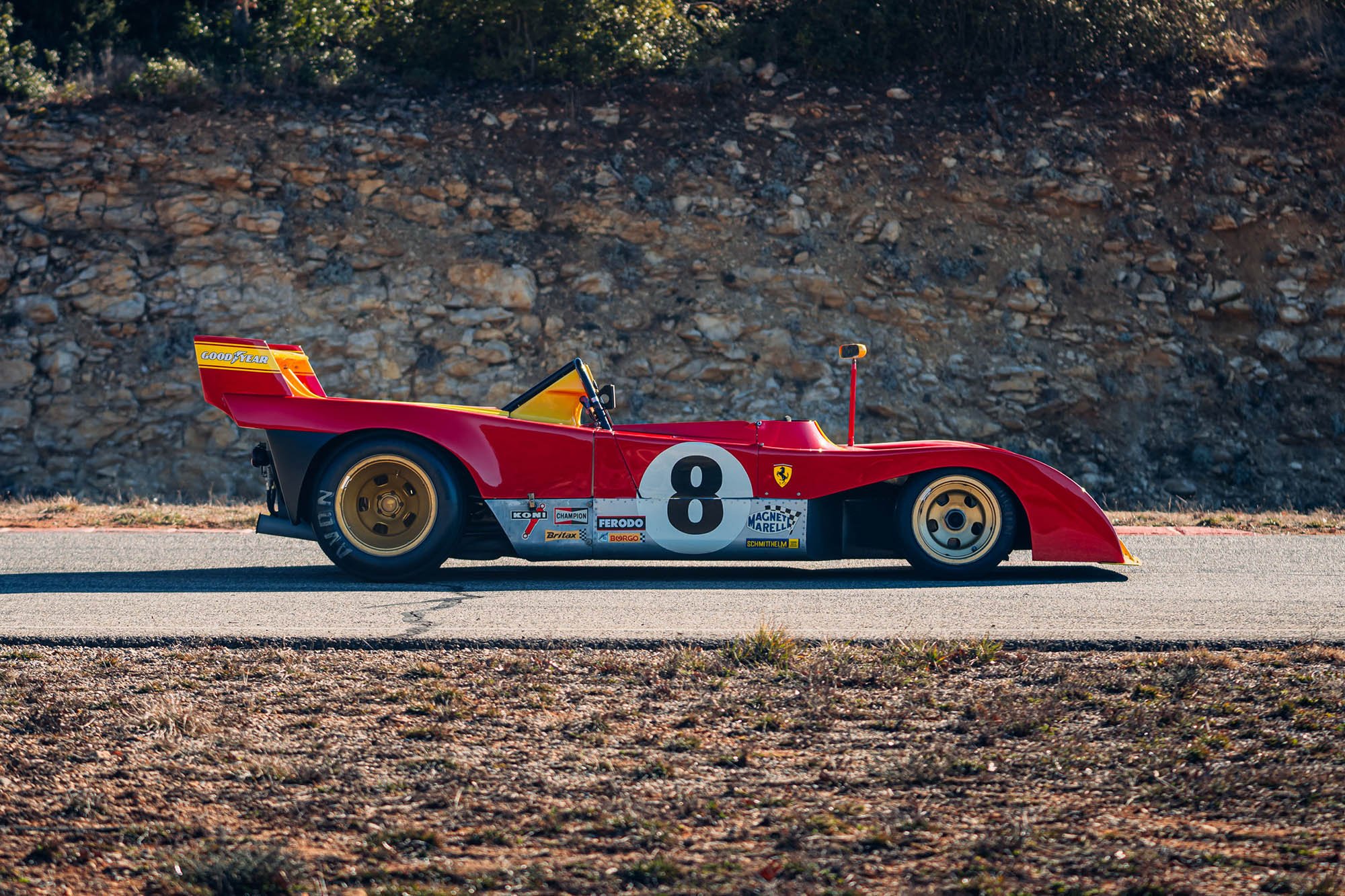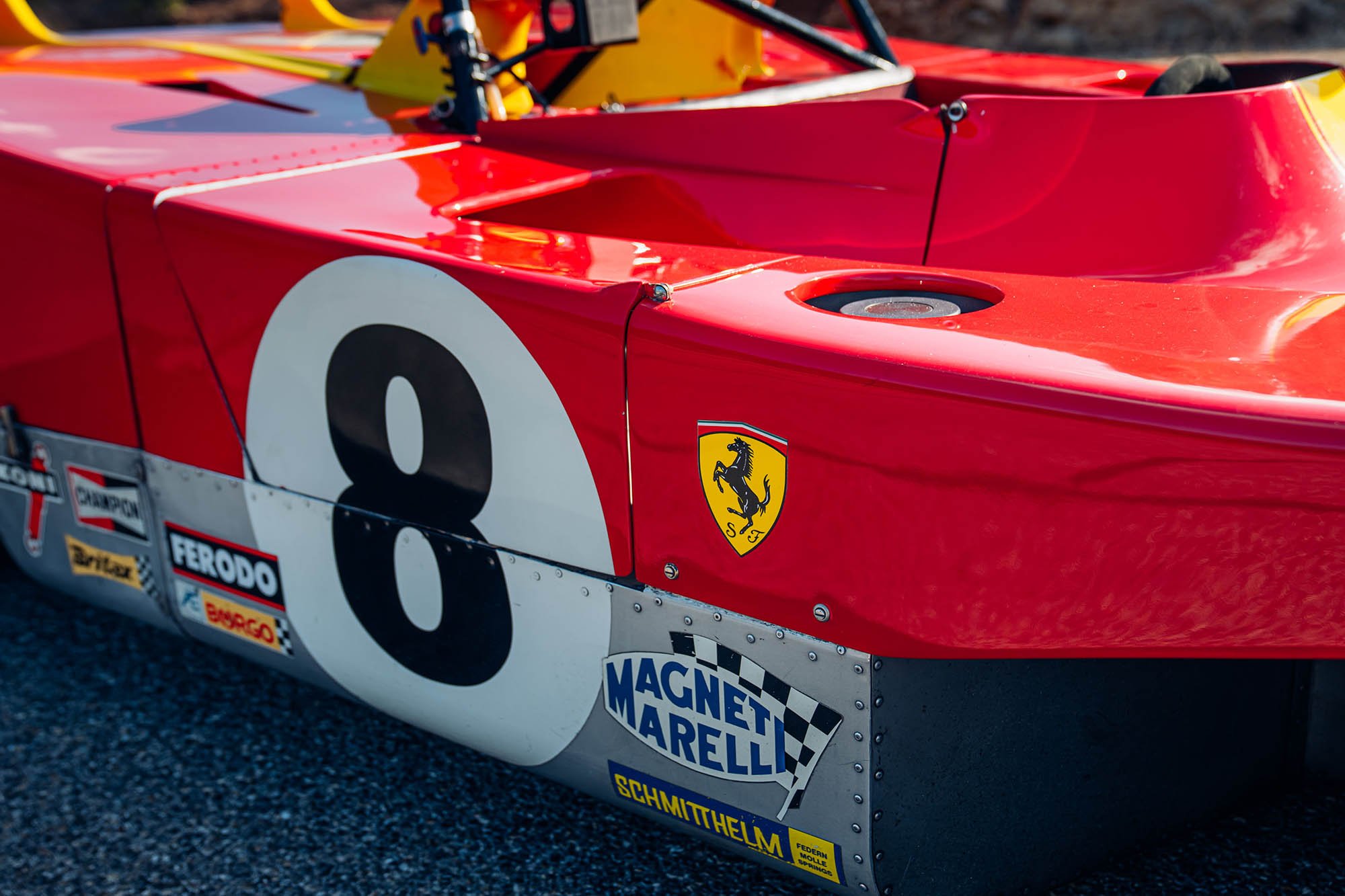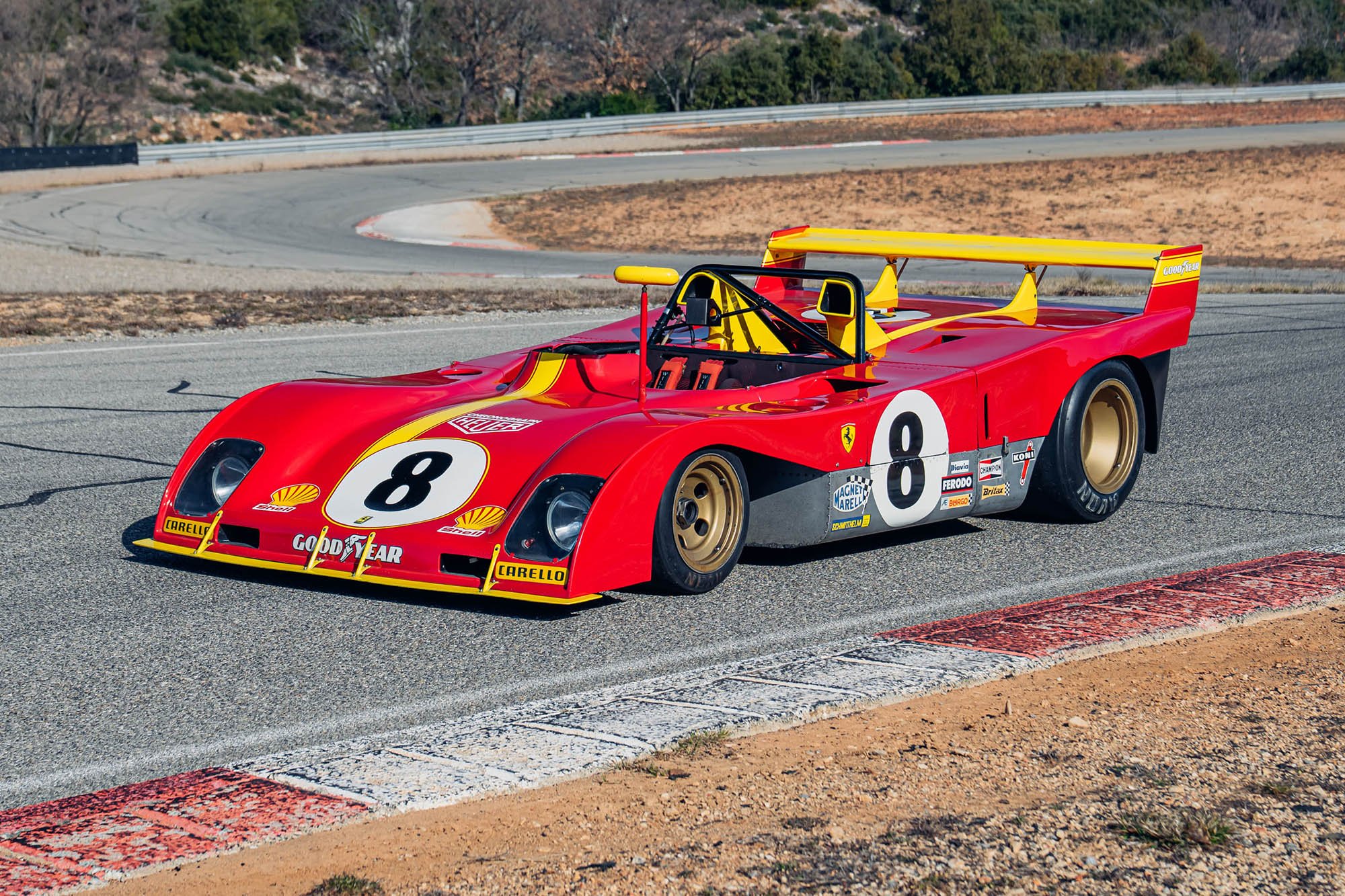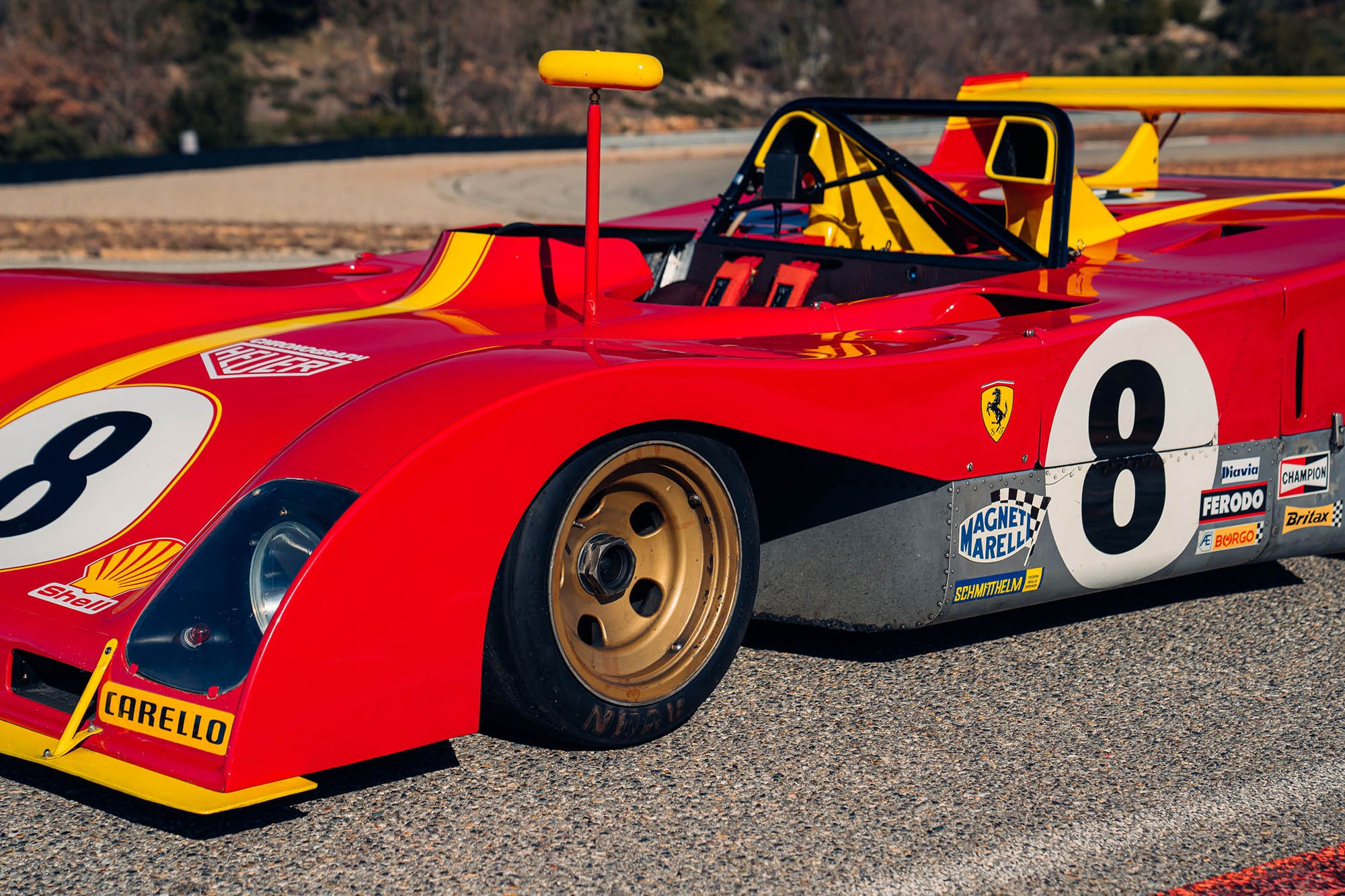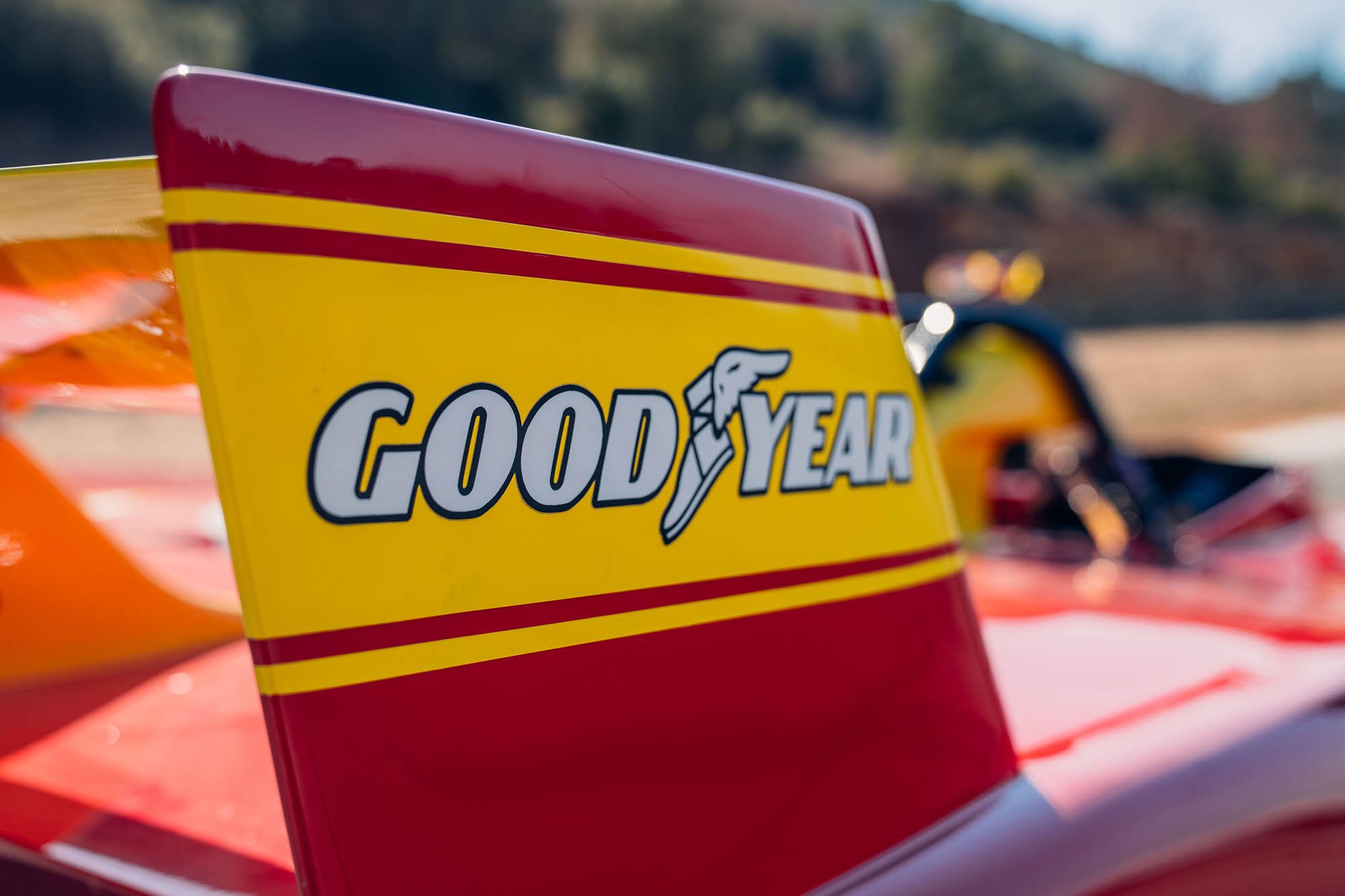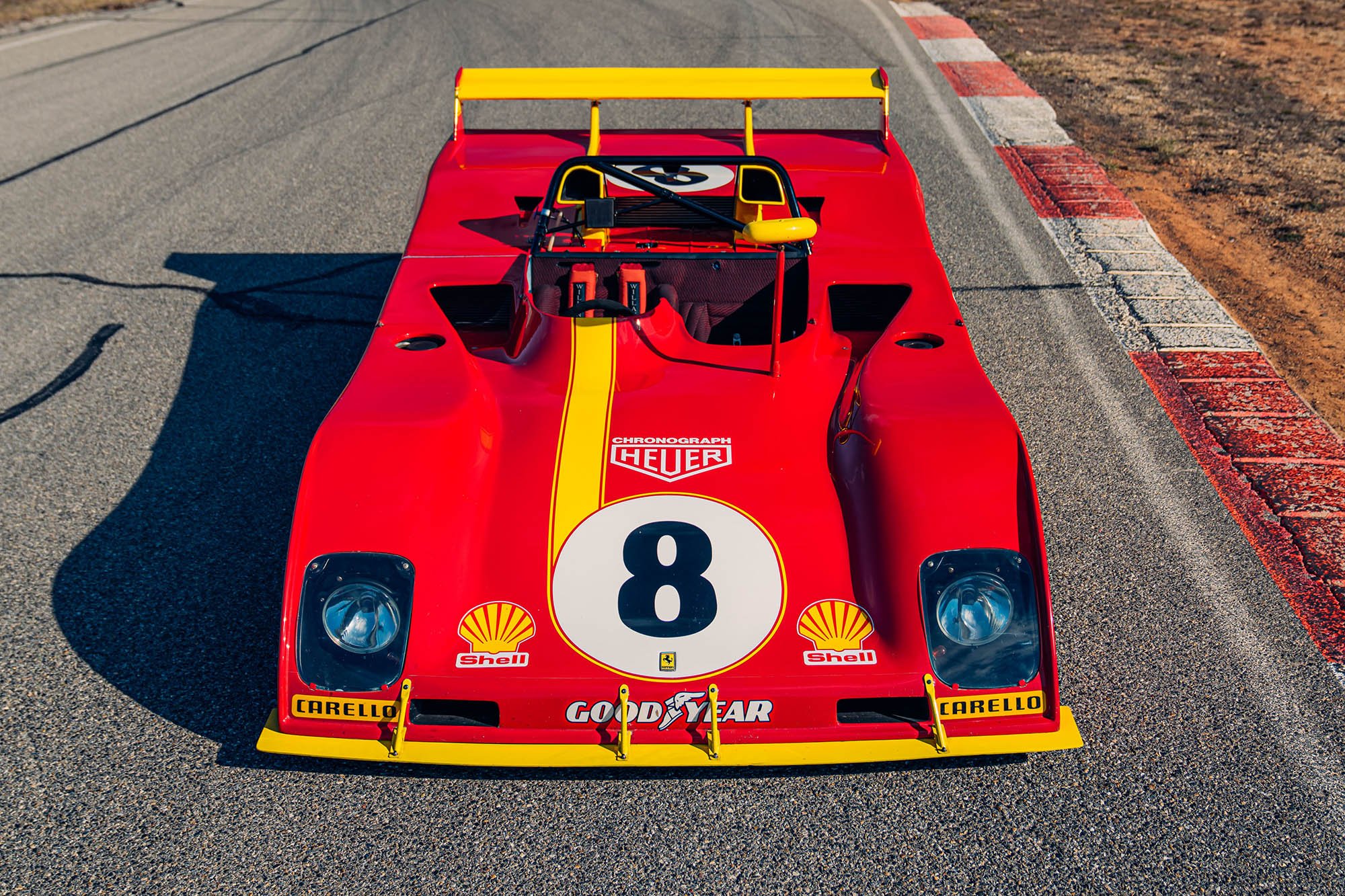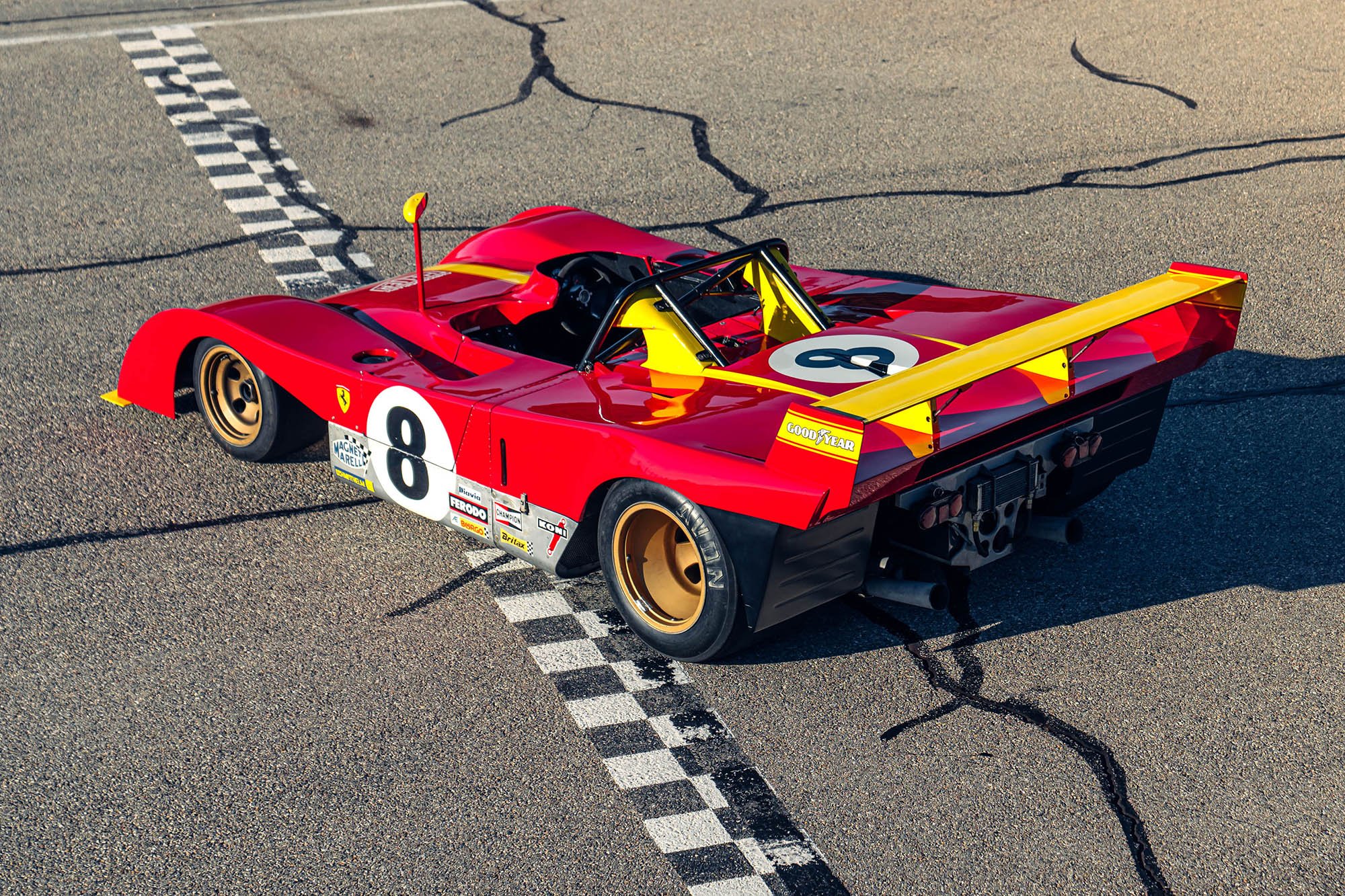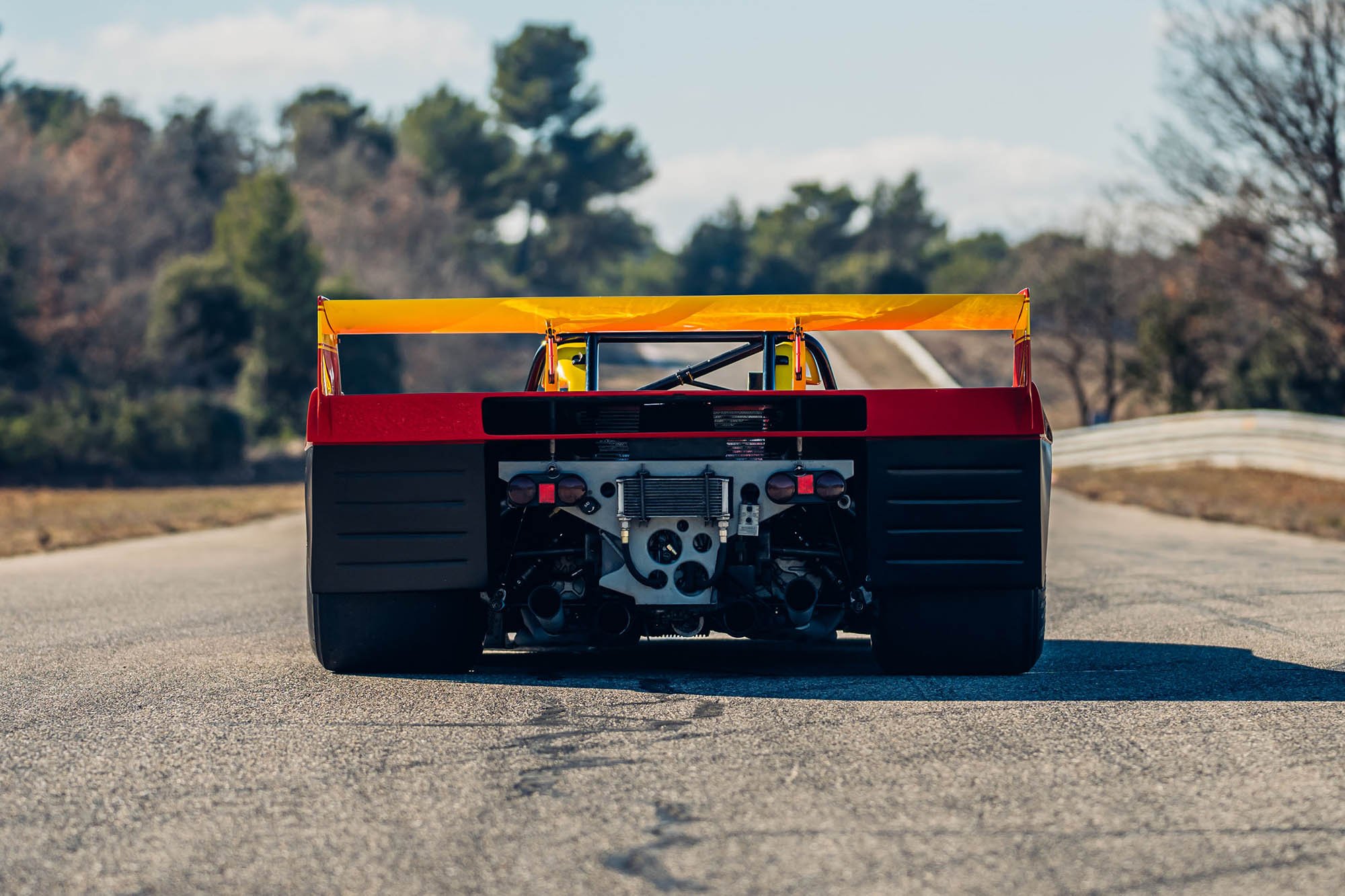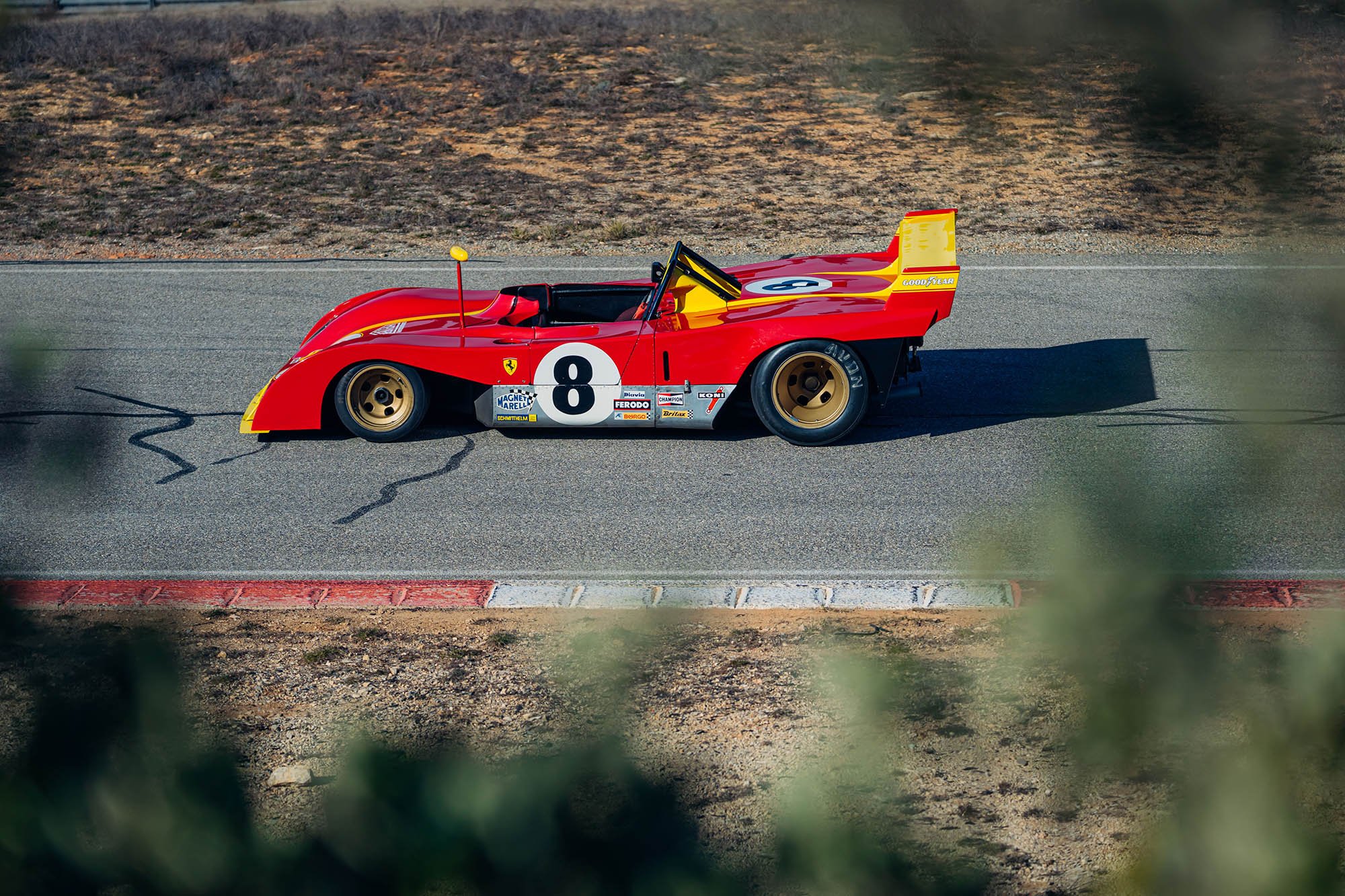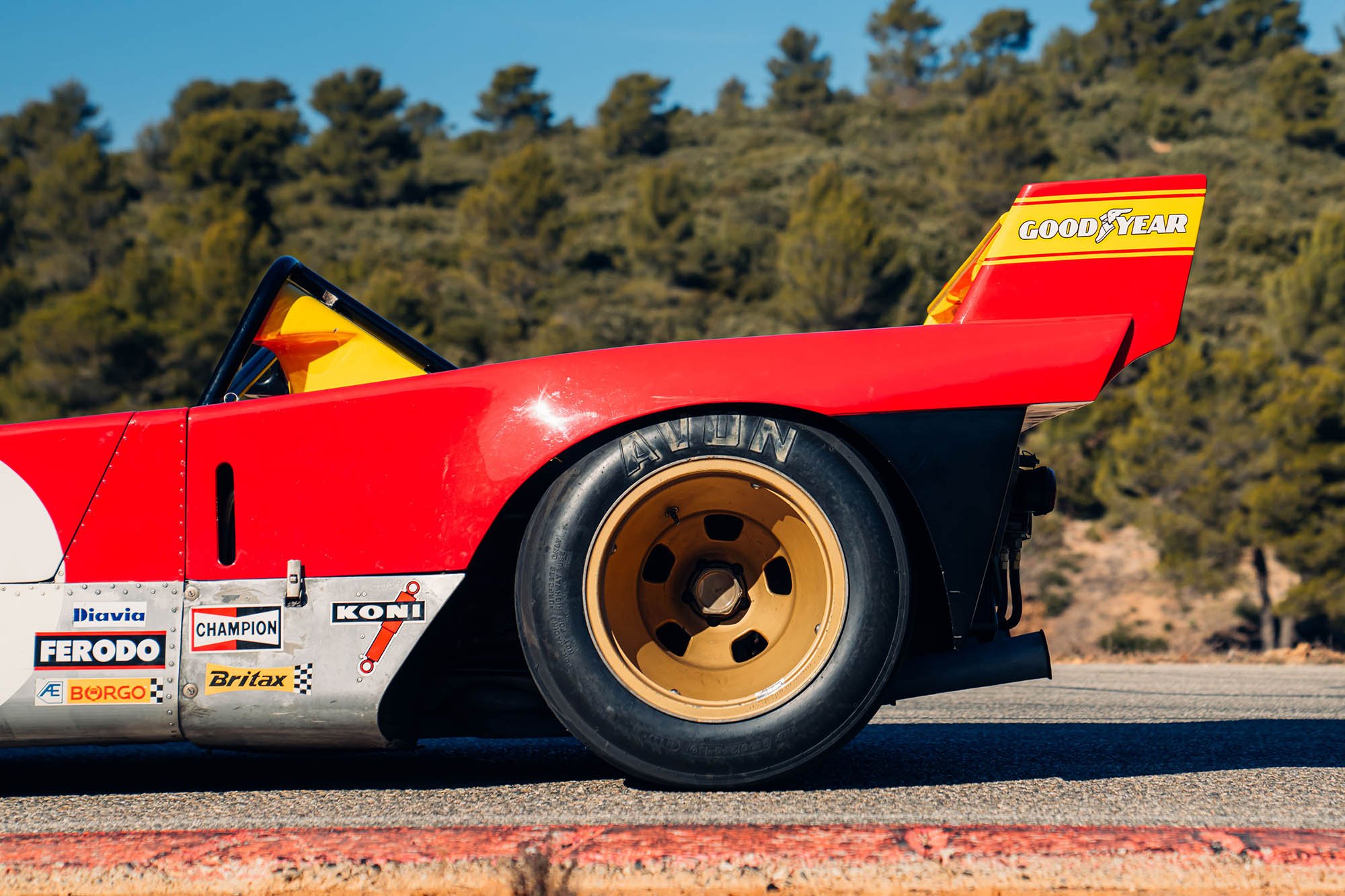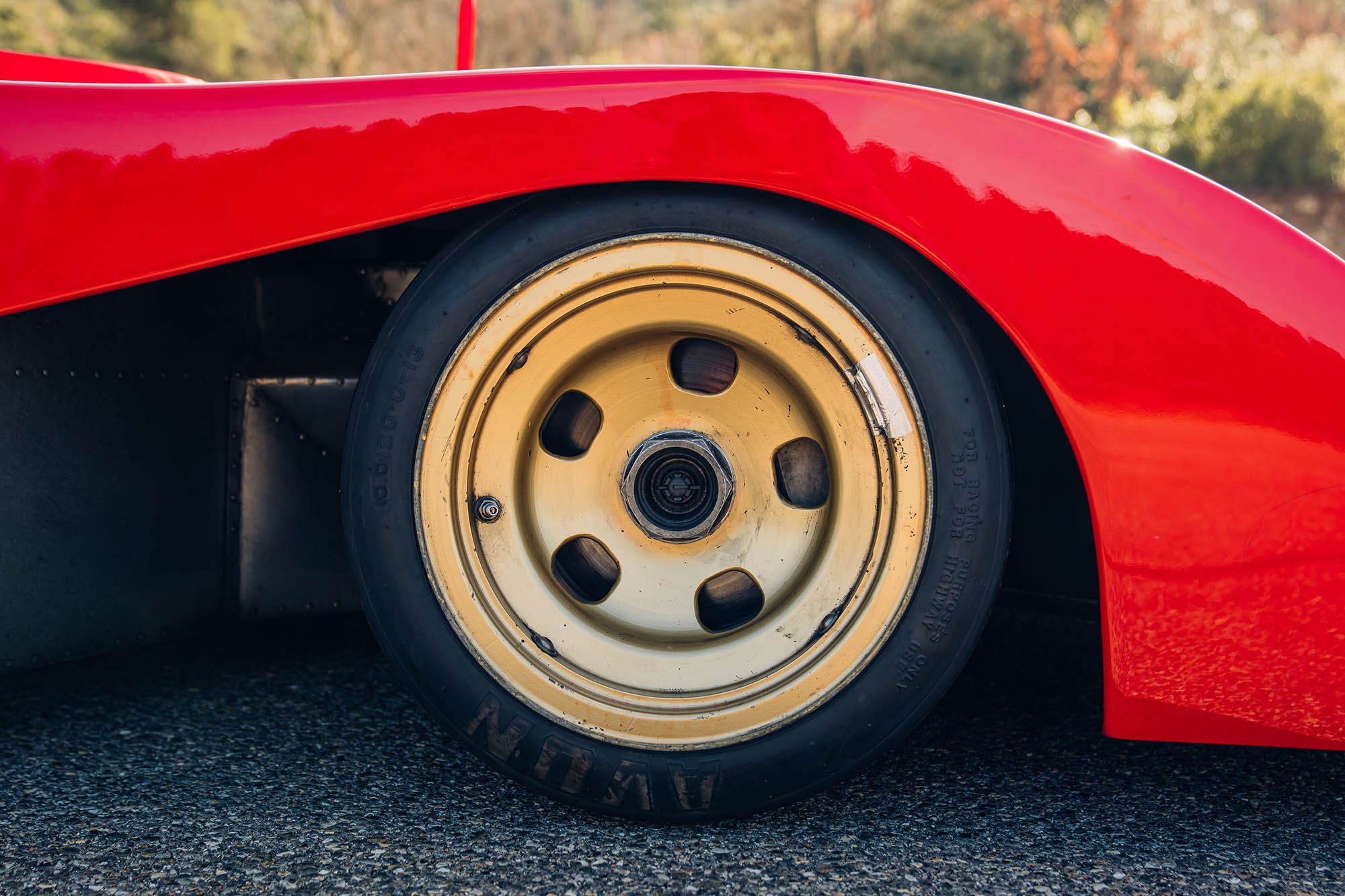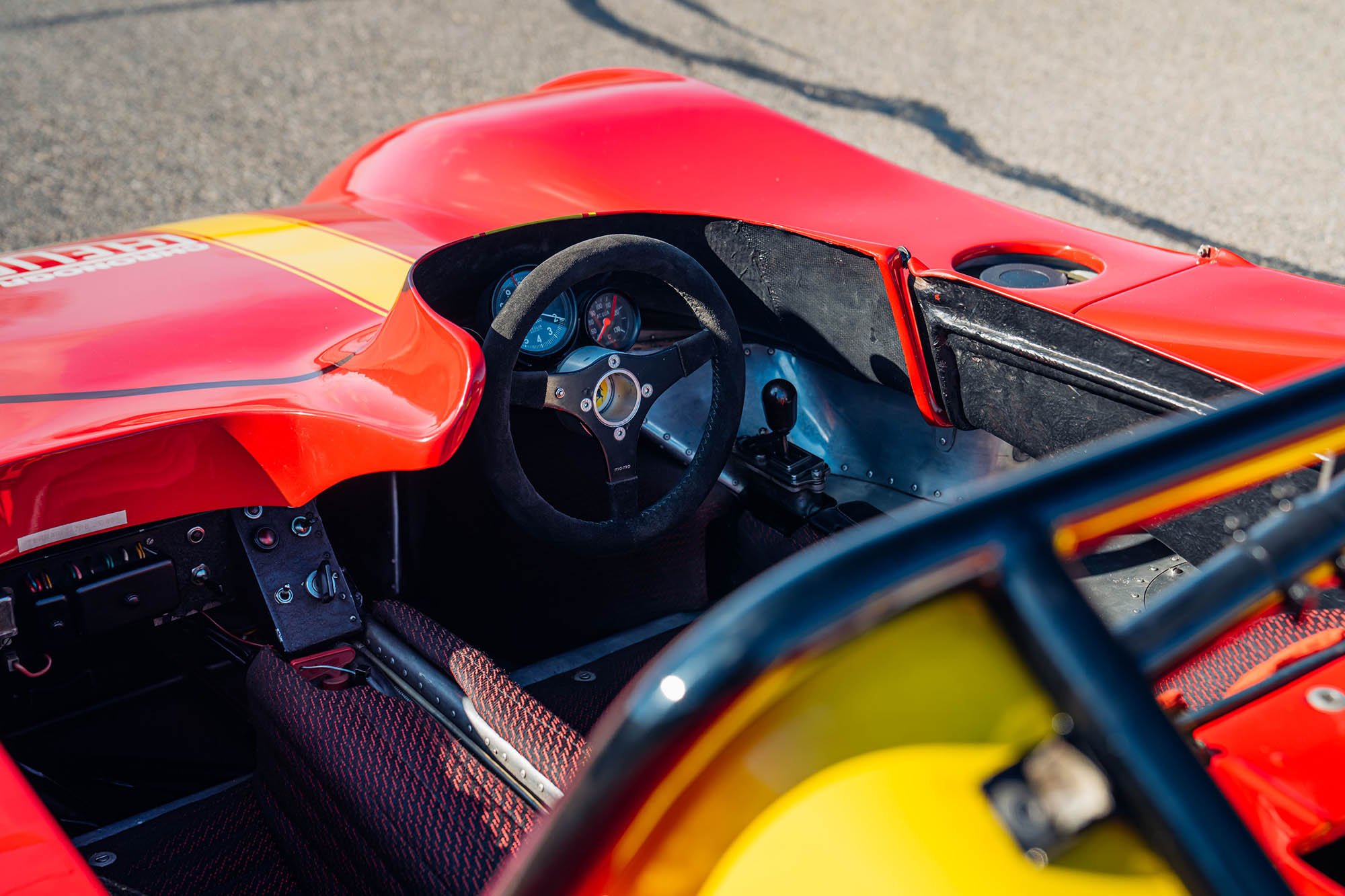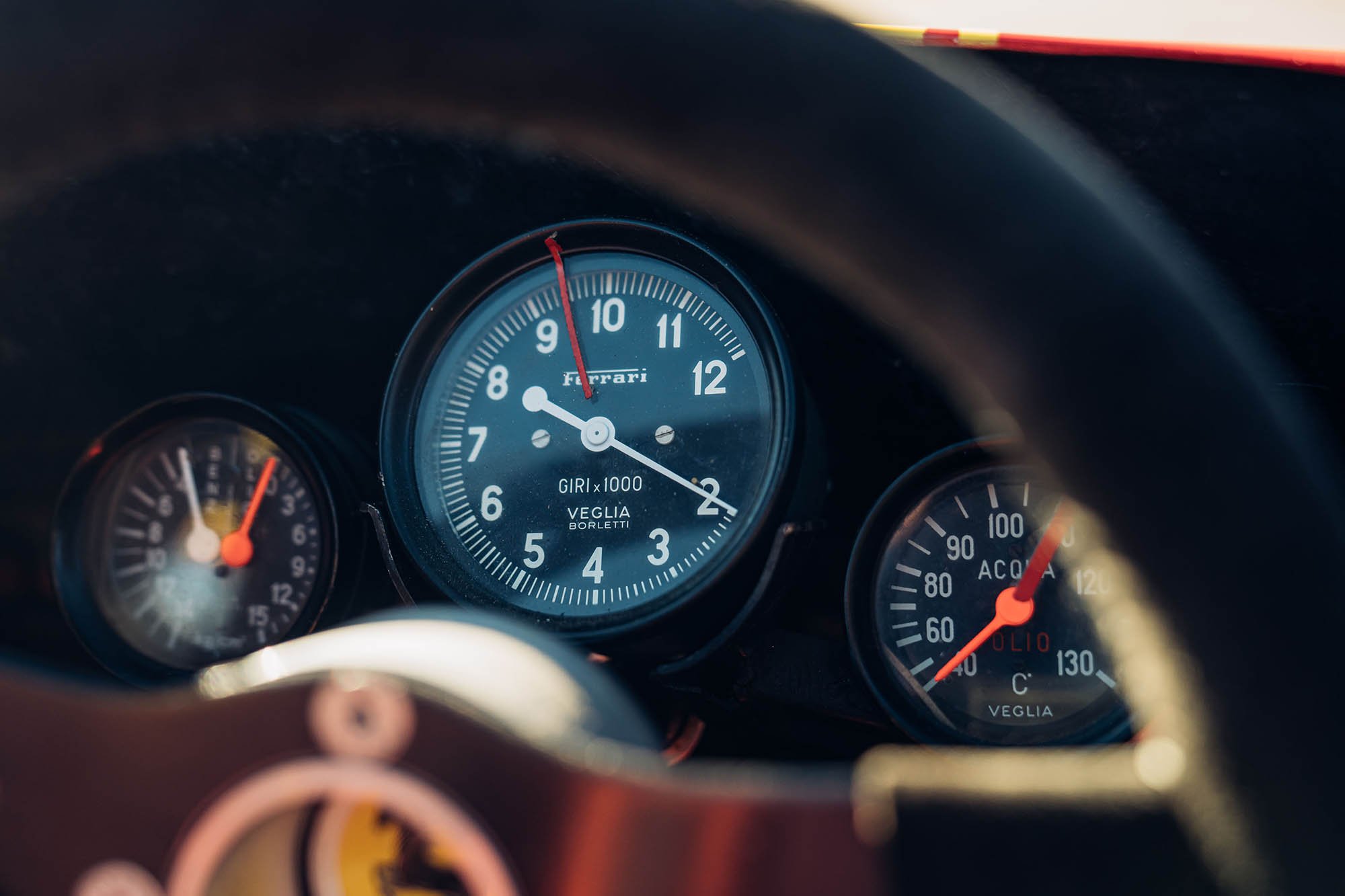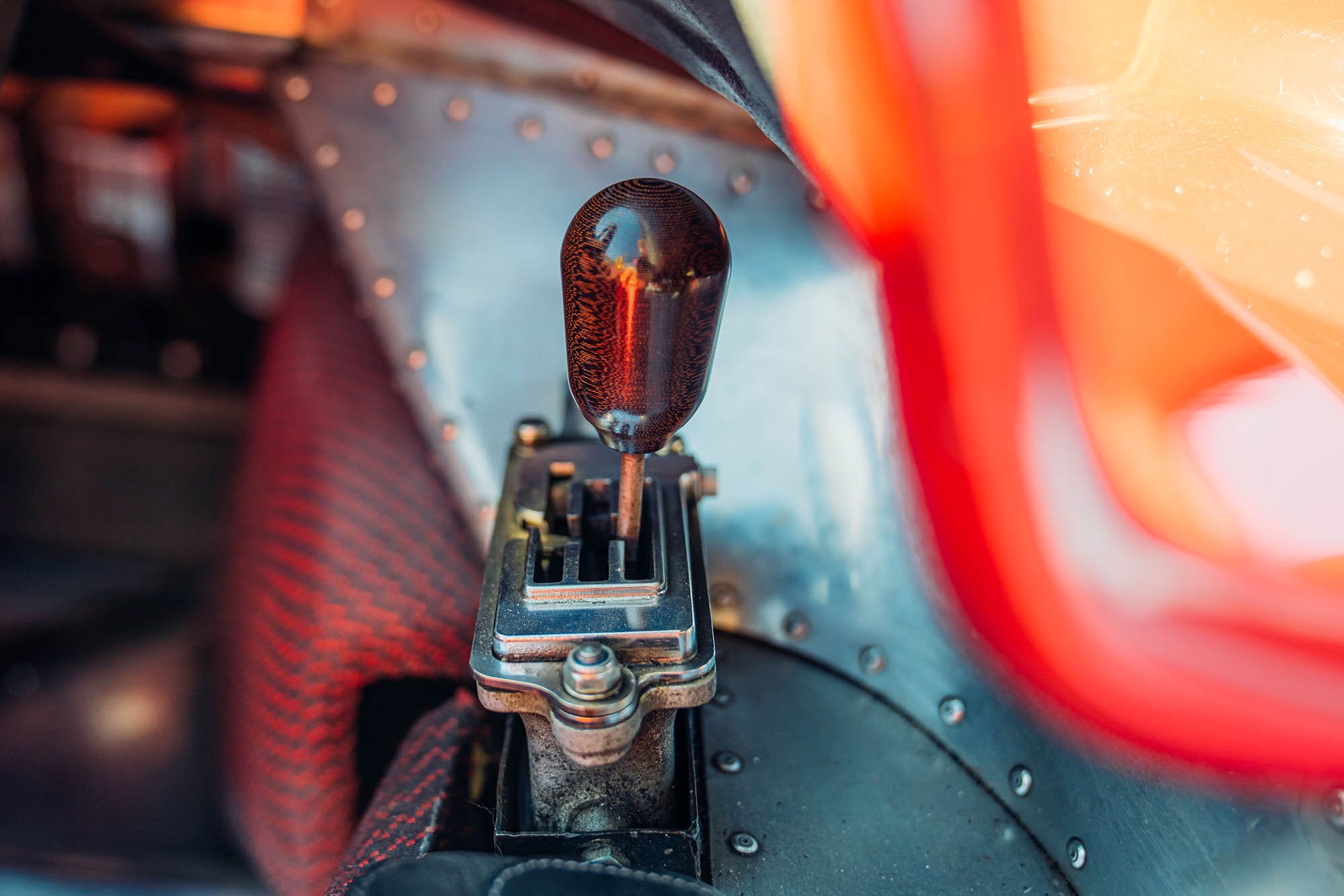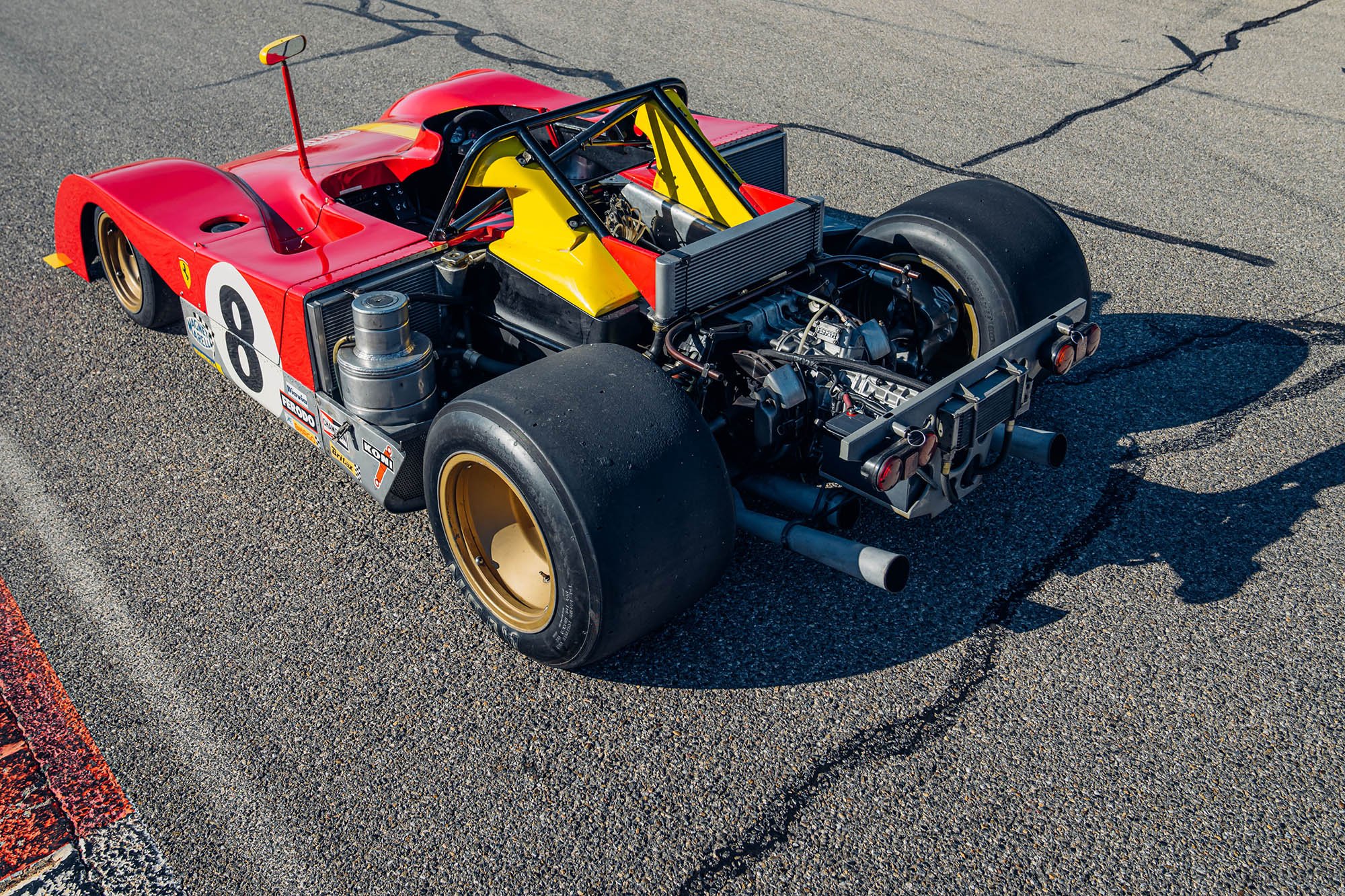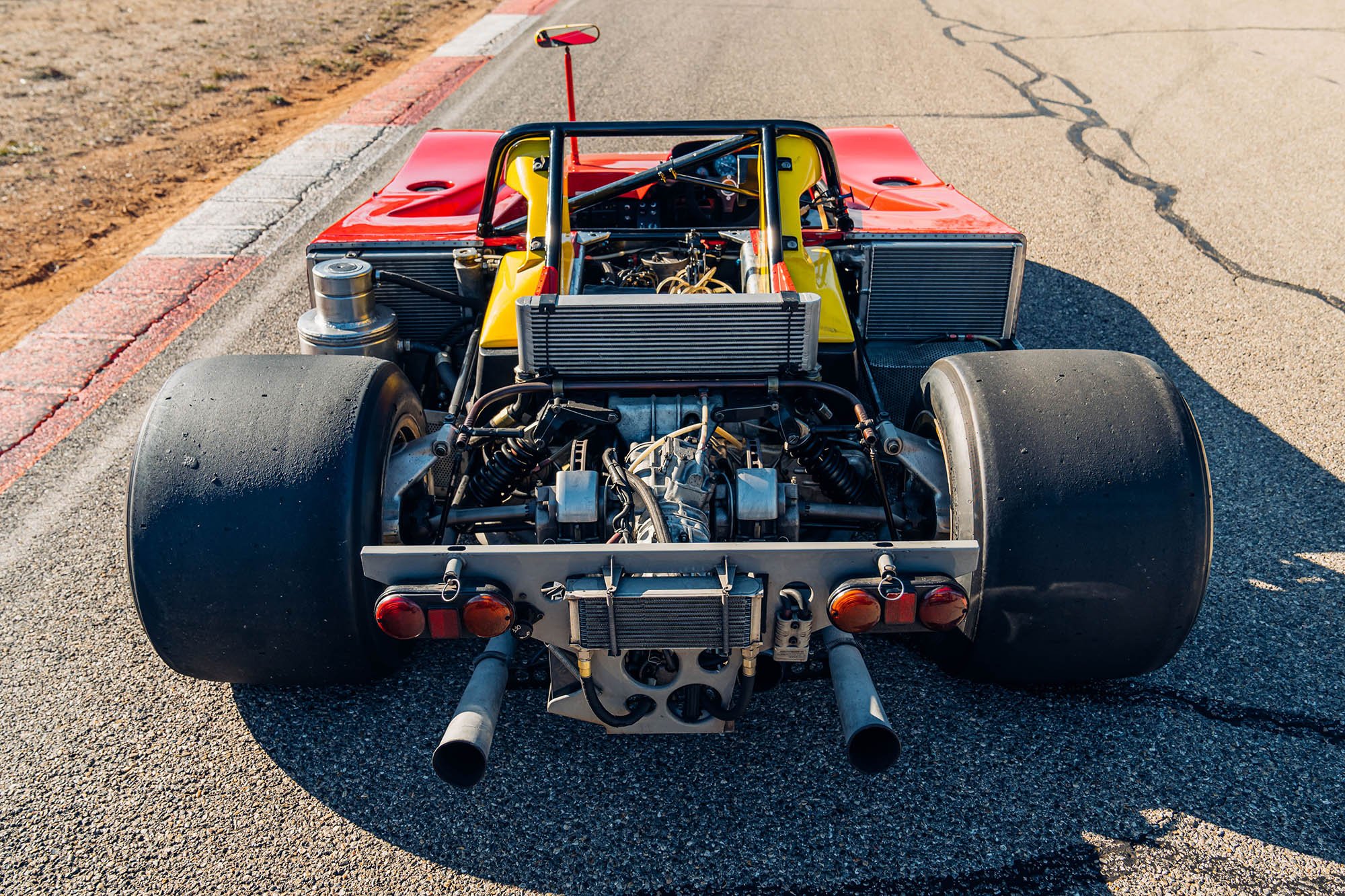Ferrari's last world sportscar champion
The Ferrari “P” series of sports racing prototypes stretched approximately a decade from 1963 to 1973 and resulted in some of the most iconic and legendary achievements in Ferrari’s illustrious racing history. Included among these were back-to-back victories at the 24 Hours of Le Mans in 1963 and 1964 and the famous 1-2-3 finish at the 1967 24 Hours of Daytona, which led to its triumph over Ford in the World Championship that year.
Fiat’s acquisition of Ferrari in 1969 lent a jolt of newfound financial support to the racing program, and throughout 1971 the 312 P sports prototype was further refined. In its typical fashion of exploring various engine combinations, Maranello had modified the flat-12 unit from the 1971 312 B grand prix car for use in the sports prototype racecar.
Christened as the 312 PB, the new prototype made its debut at Brands Hatch in mid-1971. Fitted with a dry-sump lubrication system, Lucas fuel injection, single-plug ignition, and dual-overhead cam actuation for each cylinder bank, the 312 PB’s 3-litre flat-12 developed 460bhp, which was the preferred tuning for the 1,000-kilometre races. As development continued throughout 1971, the stage was set for a promising campaign in 1972. Little did anyone suspect that it would prove to be one of Ferrari’s most successful sportscar racing seasons of all time.
The car featured here made its debut at the Buenos Aires 1,000 Kilometres in January 1972, Works drivers Ronnie Peterson and Tim Schenken drove it to its first of three pole positions that season. Wearing race number 30, the car leapt out to the lead following a flying start. While the other two PBs experienced their share of mechanical challenges during the race, the car steadily advanced, eventually roaring to victory.
After missing the season’s second race at Daytona, the 12 Hours of Sebring was up next. Equipped with a new quick-change gearbox and thicker brake pads with revised calipers, the car wore number 3 and was again driven by Peterson and Schenken. By lap 80, it became apparent that the three Ferraris would likely sweep the podium, however, the fuel pump soon developed issues, and before long he ran out of fuel entirely, forcing him to run to the pit to retrieve more. By nightfall Peterson had regained 3rd place and was able to further move up to 2nd by the finish, only two laps behind the winning car of Jacky Ickx.
At the Monza 1,000 Kilometres in April. Now using race number 2, its coachwork was modified with a new rear cowling with trailing fins and secondary NACA ducts, the result of experiments conducted at the Le Mans practice sessions. The race was plagued by unrelenting rain and, although Peterson secured pole position, he came home behind teammates Ickx and Clay Regazzoni, further to a Porsche runner-up, to finish 3rd with Schenken.
The final outing for the car took place at the Nürburgring 1,000 Kilometres in May wearing race number 3, where Peterson and Schenken again earned pole position. Despite another rain-swept start, Peterson drove furiously, establishing one lap record after another before giving way to Schenken on the 25th lap. The lead was so commanding that it was never further challenged in the race and roared to a resounding victory. This win resulted in an insurmountable points lead that assured Ferrari victory in the 1972 Championship.
This legendary 1972 Ferrari 312 PB is available as part of RM Sotheby’s Villa Erba auction on the 20th May 2023. Photos © RM Sotheby’s

